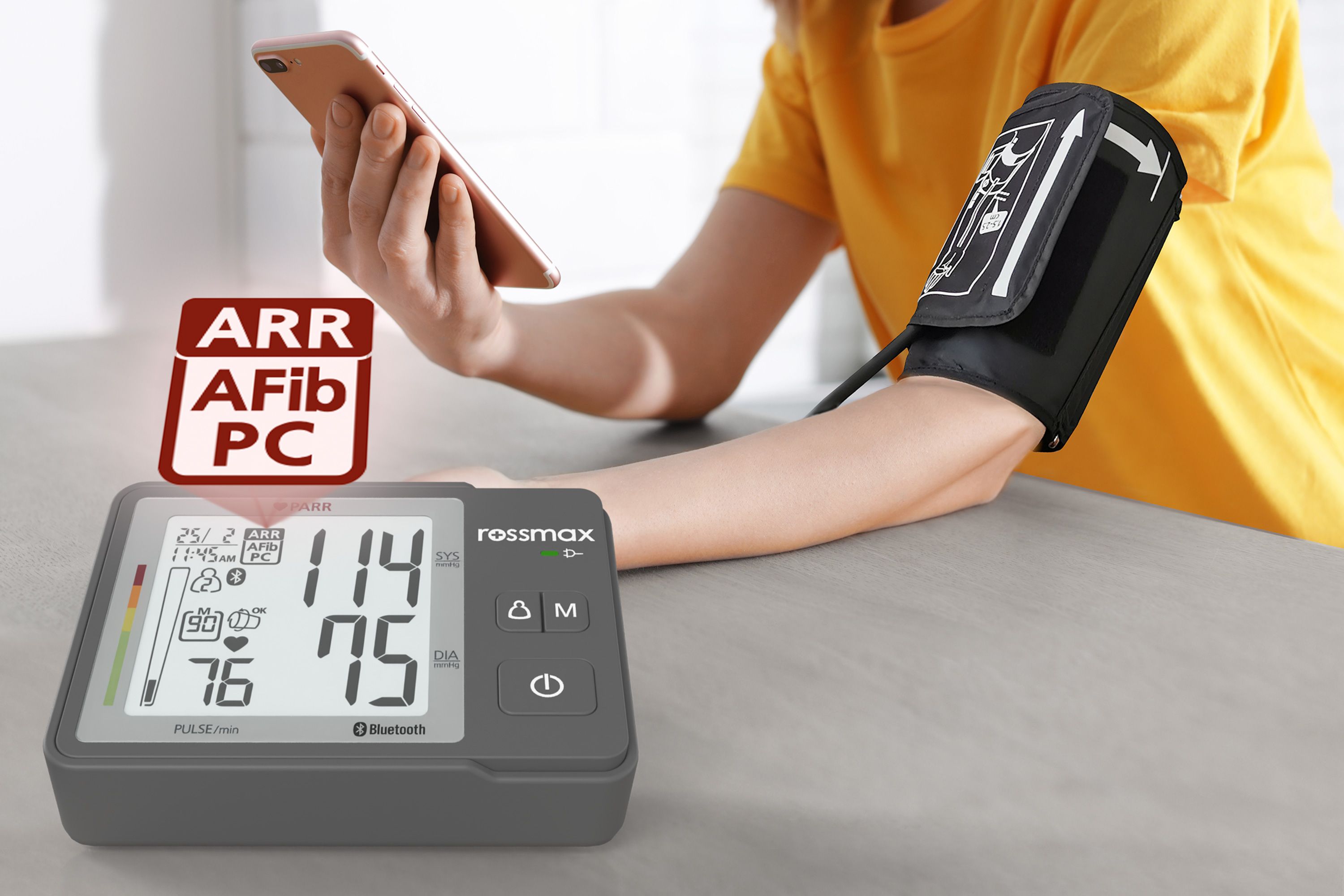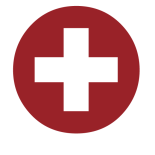Health in your Hands
ROSSMAX BLOG


Attention stroke
Atrial fibrillation is extremely insidious. The best protection against a stroke is early detection with a blood pressure monitor. Dr Andreas Müller explains. Atrial fibrillation is the most common heart rhythm disorder. Among 80-year-olds, one in ten is affected. Almost two-thirds of all patients with newly diagnosed atrial fibrillation have few or no symptoms.
But this is just the calm before the storm. Because patients with atrial fibrillation have a significantly increased risk of a stroke. By no means all episodes of atrial fibrillation cause symptoms.


How diabetes changes with age
Diabetes type 2 requires ongoing maintenance, but it's also important to keep in mind that the disease will eventually progress, even if it's well-controlled. As a result, elderly diabetics' treatment plans are likely to need to be adjusted more than once in their lifetime.
For diabetics, chronic high blood sugar, or hyperglycemia, can lead to a whole host of complications, including heart disease, blindness, lower limb amputations, peripheral neuropathy, and kidney damage.
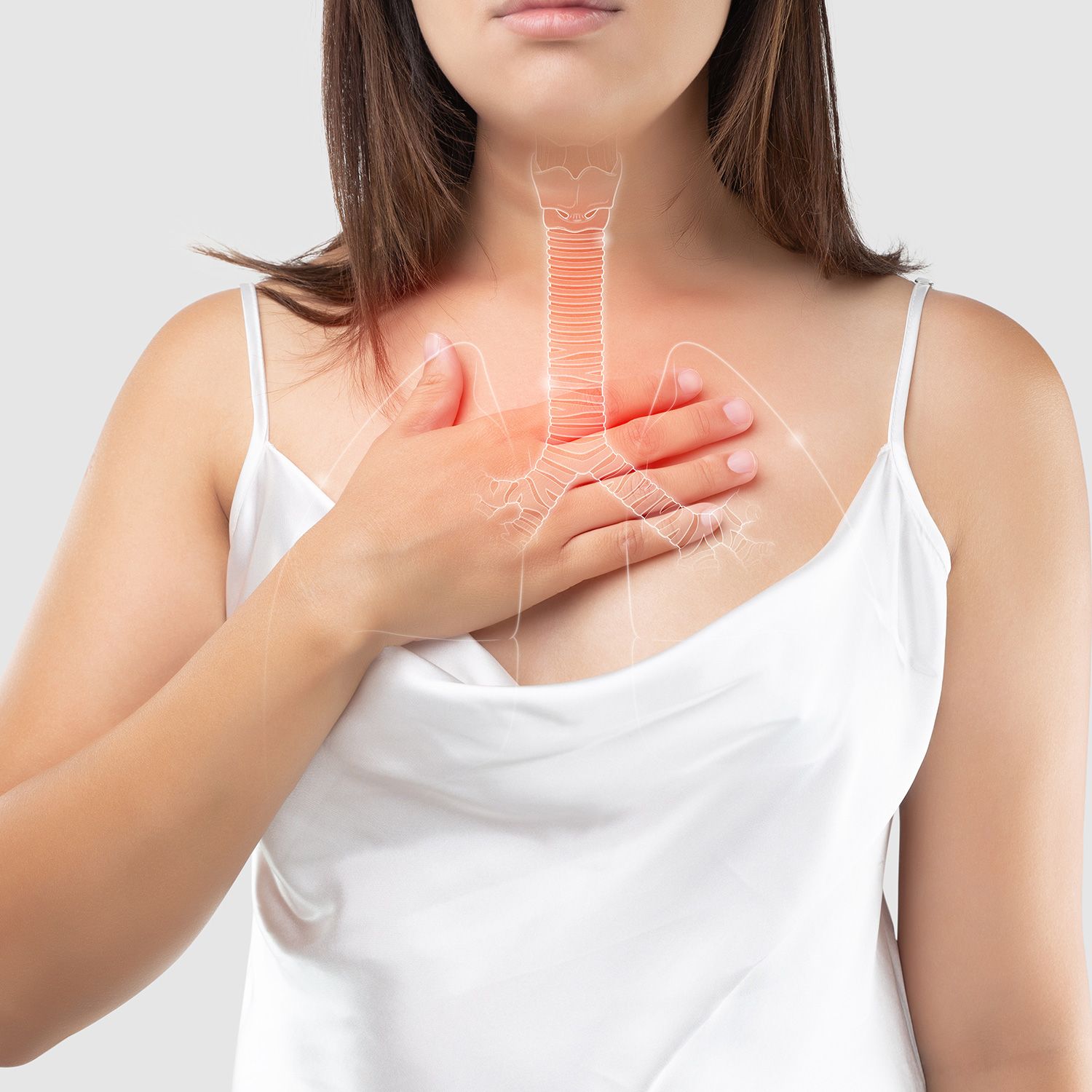

Who can benefit from a nebulizer?
A nebulizer is a machine that helps you to breathe in medicine as a fine mist through a mask or a mouthpiece.
In this Blog, we explain who can benefit from using a nebulizer as part of their treatment. We also explain what medications can be delivered by nebulizers.


The complete guide to nebulizer
therapy at home
The nebulizer turns medicine into a mist that can be breathed in. Inhaling the mist allows the body to absorb the medicine quickly and effectively.
This blog examines the benefits and uses of nebulizer therapy at home, as well as how to use and clean the equipment. There is a wide range of health issues for which home nebulizer therapy is prescribed, but lungs are the most common.


Obesity & Overweight
Overweight and obesity are defined as abnormal or excessive fat accumulation that may impair health. Body mass index (BMI) is a simple index of weight-for-height that is commonly used to classify overweight and obesity in adults. It is defined as a person's weight in kilograms divided by the square of his height in meters (kg/m2).
BMI provides the most useful population-level measure of overweight and obesity as it is the same for both sexes and for all ages of adults. However, it should be considered a rough guide because it may not correspond to the same degree of fatness in different individuals.


Maintaining an active lifestyle despite heart disease
If you have heart disease, it is important to exercise regularly. Exercise can strengthen your heart muscle and help you manage your blood pressure and cholesterol.
Exercising can benefit almost any condition. So if you've had a heart attack, have a weak heart (congestive heart failure) or another heart issue, don't just sit around and do nothing. Don't wait until it's too late to start an exercise program or increase your physical activity. Ask your doctor for guidelines and an "OK" before you begin.
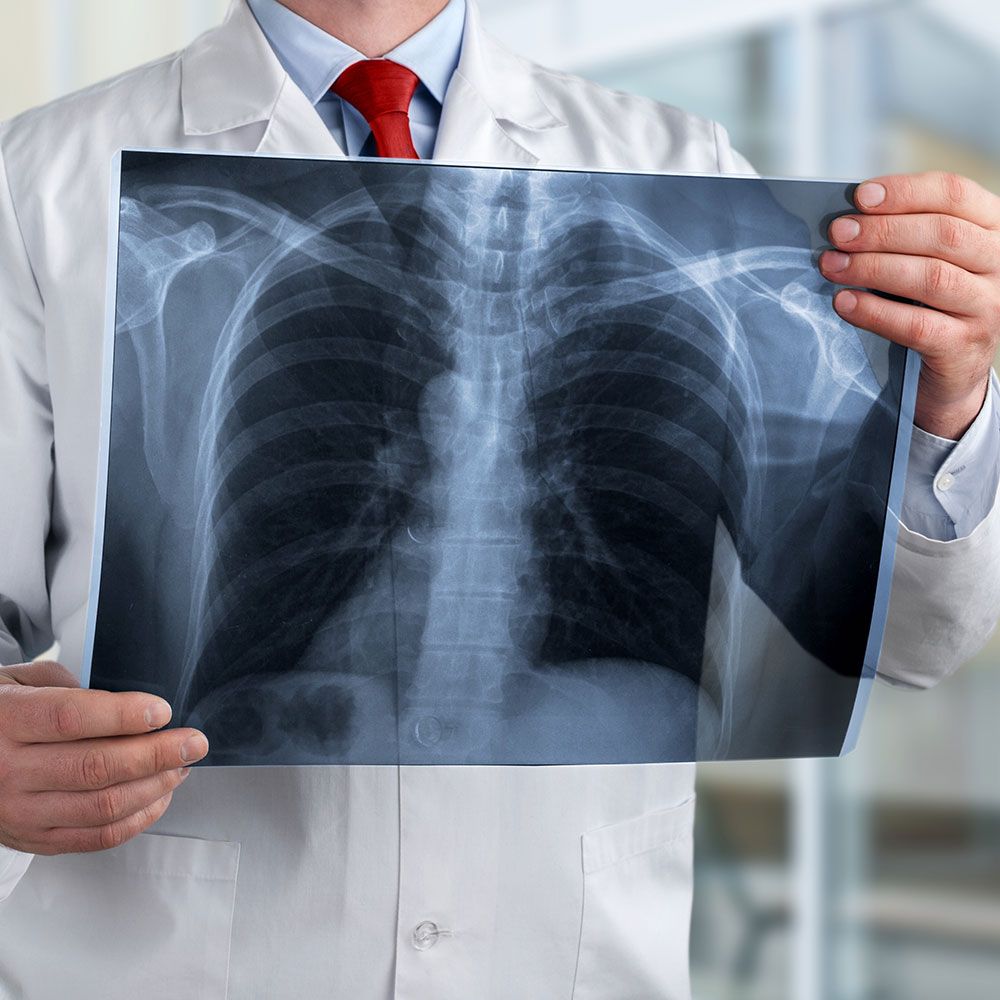

Pulse Oximeters & COPD
Pulse oximetry is a method of determining oxygen saturation or the percentage of hemoglobin in arterial blood that is saturated with oxygen. It can be used to check pulmonary function, or how well lungs are functioning, in people with chronic obstructive pulmonary disease (COPD) and other lung conditions.
When you have COPD, your healthcare provider might use pulse oximetry to determine whether supplemental oxygen is needed, and how much. When your condition suddenly worsens, your doctor may use pulse oximetry to decide whether you need to be hospitalized.
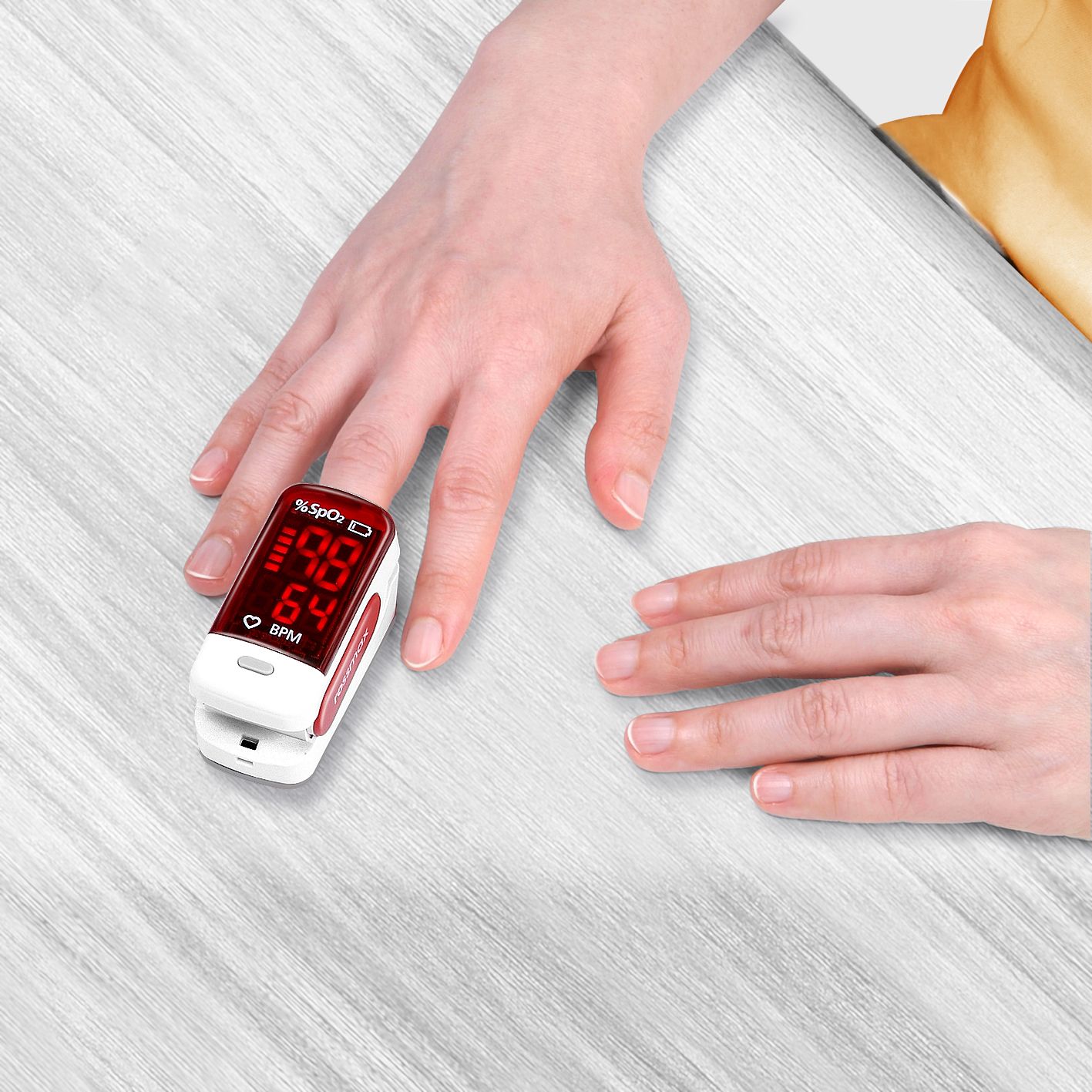

Pulse Oximeter Measurements - Why, When & How
Measuring your oxygen saturation level has become increasingly important during the COVID-19 pandemic. But why is a pulse oximeter reading so important? And how can you measure these important parameters?
A normal level of oxygen is usually 95% or higher. Some people with chronic lung disease or sleep apnea can have normal levels of around 90%. The SpO2 reading on a pulse oximeter shows the percentage of oxygen in someone’s blood. If your home SpO2 reading is lower than 95%, call your health care provider.
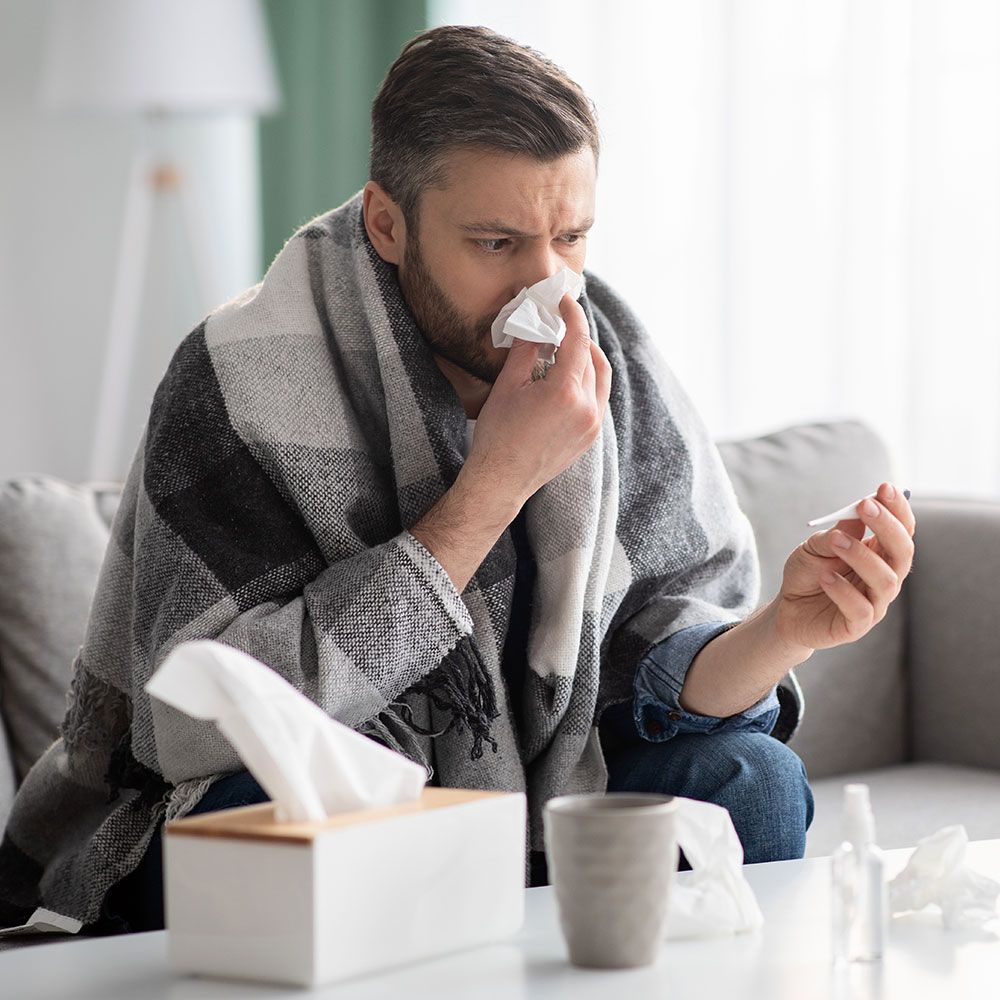

Body's defence mechanisms - What you need to know about Fever
Fever is one of the body's defence mechanisms. When bacteria or viruses get into your body and cause it to malfunction, the body goes on the defensive and your immune system is activated.
When this happens, a central nerve in the brain allows the heat generated inside the body to be turned up from the usually constant level. This higher temperature level increases the metabolism and prevents the increase of pathogenic agents. A person has a fever if their body temperature rises above the normal range of 36 - 37°C (98 - 100°F). It´s a common sign of an infection.


About temperature measurement - Normal Body Temperature varies
Normal body temperature (normothermia, euthermia) is the typical temperature range found in humans. The normal body temperature range is typically stated as 36.5 - 37°C.
The body temperature varies. It depends on gender, age, time of day, exertion level, health status (such as illness and menstruation), what part of the body the measurement is taken at, state of consciousness (waking, sleeping, sedated), and emotions. Body temperature is kept in the normal range by thermoregulation, in which adjustment of temperature is triggered by the central nervous system.
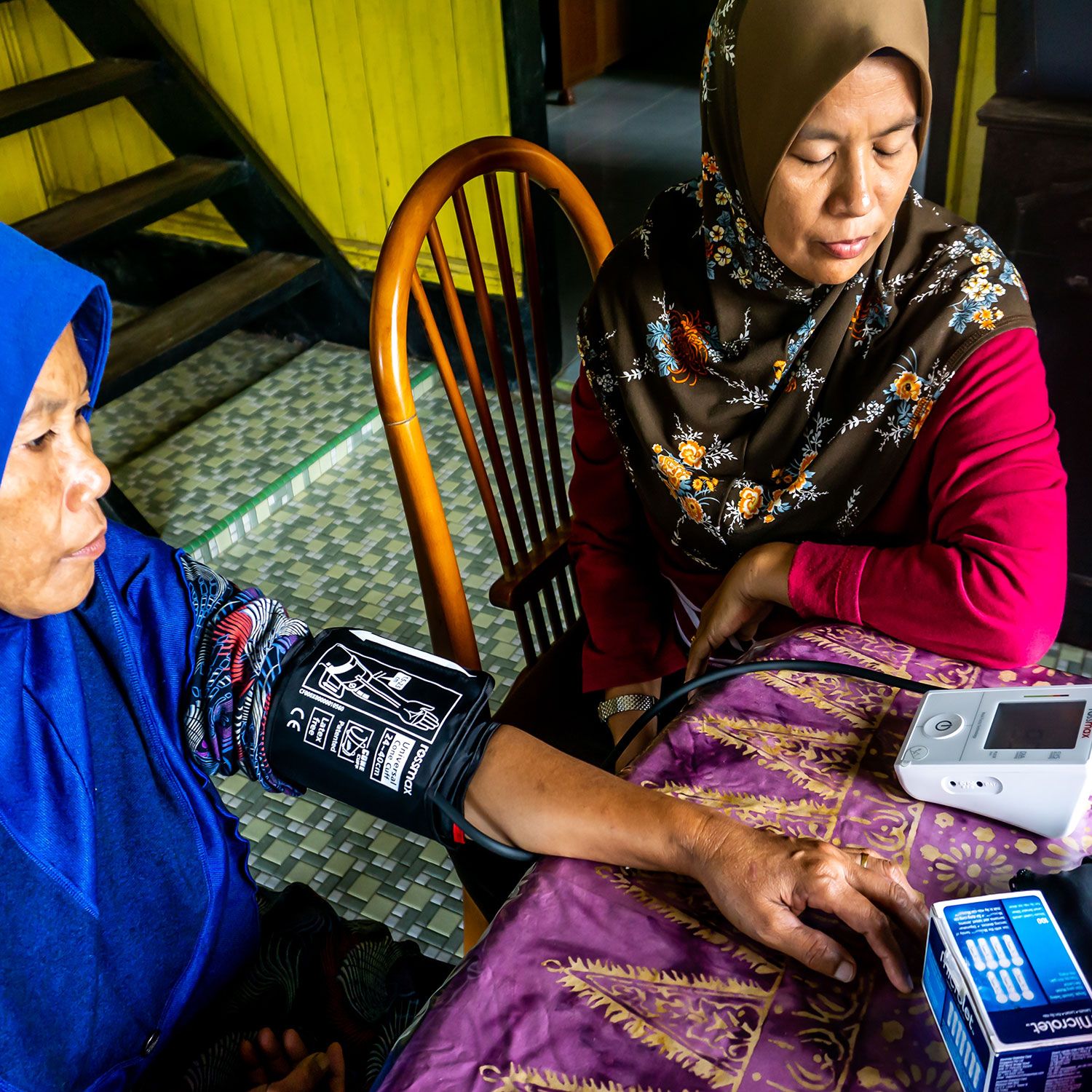
As per the latest study of the WHO, more than 700 million people live with untreated hypertension
The number of adults aged 30–79 years with hypertension has increased from 650 million to 1.28 billion in the last thirty years, according to the first comprehensive global analysis of trends in hypertension prevalence, detection, treatment and control, led by Imperial College London and WHO, and published on August 25, 2021 in The Lancet.
Nearly half these people did not know they had hypertension. Hypertension significantly increases the risk of heart, brain and kidney diseases, and is one of the top causes of death and disease throughout the world.

Pre-eclampsia - The Importance of checking Blood Pressure during pregnancy
Preeclampsia is a serious blood pressure condition that can happen after the 20th week of pregnancy or after giving birth (called postpartum pre-eclampsia). It's when a woman has high blood pressure and signs that some of her organs, like her kidneys and liver, may not be working normally.
Pre-eclampsia is a serious health problem for pregnant women around the world. It affects 2 to 8 percent of pregnancies worldwide.
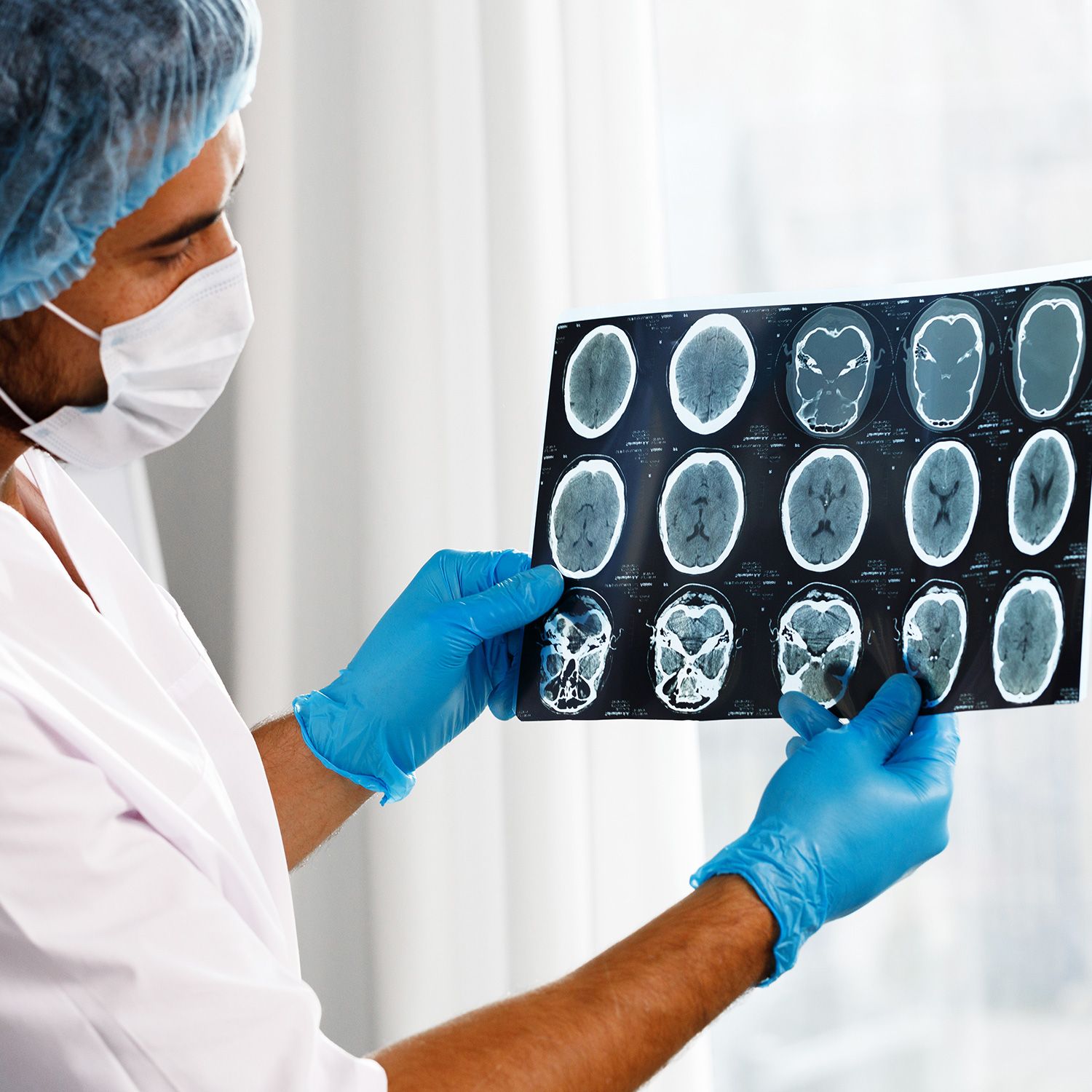

High blood pressure and atrial fibrillation increase the risk of cerebral infarction
Cerebral infarction refers to permanent damage to brain tissue caused by defective blood flow, or ischemia. The cause of a cerebral infarction, or cerebrovascular accident, is a blockage of the cerebral arteries.
Most often, the cause is a clot from the heart or carotid artery. A stroke often strikes completely unexpectedly. Symptoms usually peak quickly, within minutes. Less often, it takes hours for symptoms to develop.

Stressful blood
pressure - pick up tips
for lowering

Low blood pressure - symptoms of dizziness and weakness

High or low blood pressure? See blood pressure reference values

High blood pressure should be treated in time - Start here!

Measuring blood pressure at home - How to get reliable results
